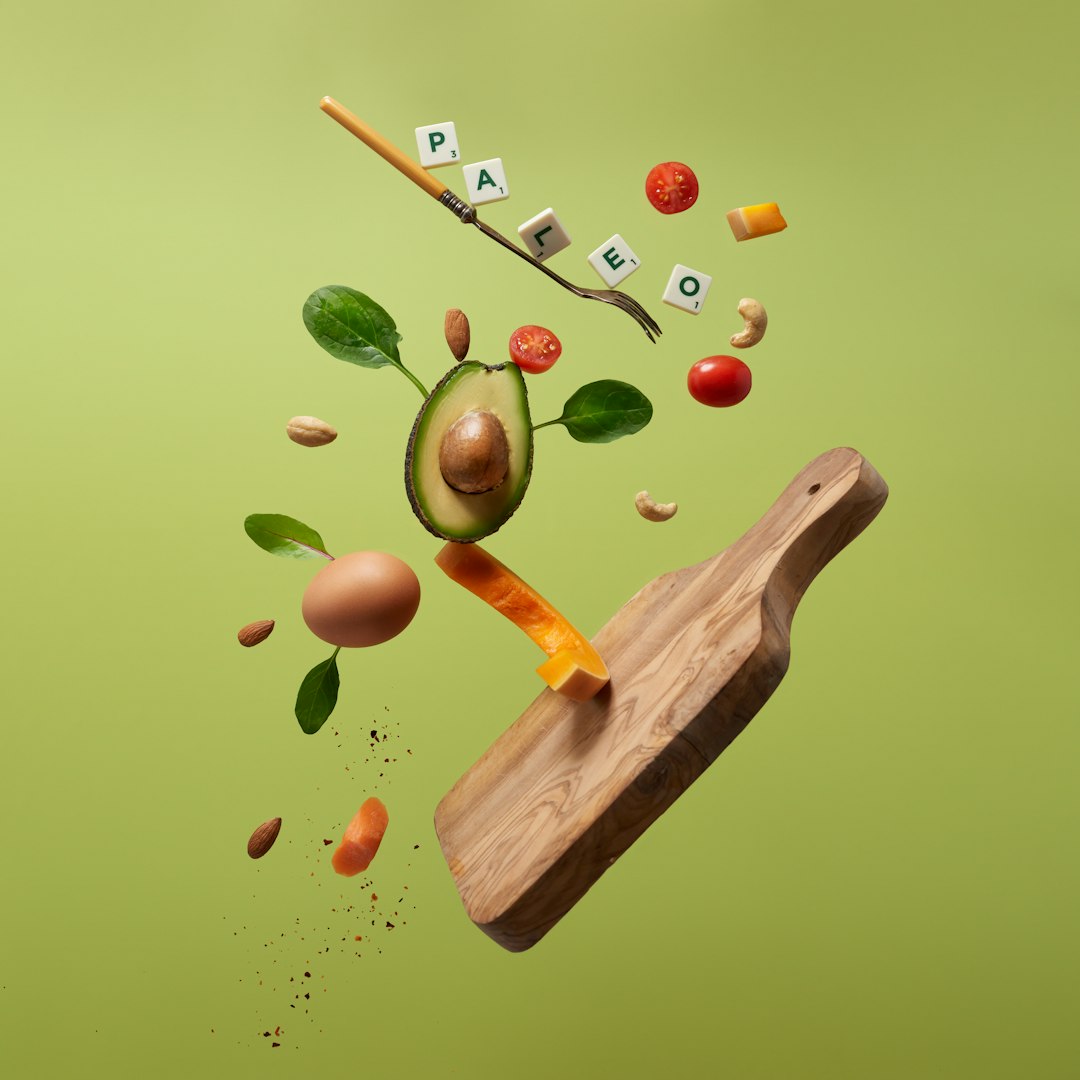The dink shot in pickleball is a subtle, strategic move that can dramatically shift the momentum of a match. Often underestimated by beginners, the dink is a soft, controlled shot that is hit from near the kitchen line and lands just over the net in the opponent’s non-volley zone. Mastering this shot is key to elevating anyone’s pickleball game from novice to pro. Below are five essential tips to help players of all levels perfect their dink and take control of the court.
1. Maintain Proper Court Position
Being in the right spot on the court is crucial for executing an effective dink. Players should position themselves at the kitchen line with feet shoulder-width apart and knees slightly bent. This stance allows for a quick reaction to any shot and aids in control.
Backing up during dink exchanges is a common mistake. It creates angles for opponents and leads to unforced errors. By staying near the non-volley line, players can neutralize aggressive plays and dictate the duration of the rally.
2. Use a Soft Grip
The pickleball dink requires finesse, not force. A common tip from top players is to hold the paddle with a relaxed paddle grip, similar to shaking hands with someone. This soft grip acts like a shock absorber, helping lean energy into precision rather than power.
Gripping the paddle too tightly often results in stiff, inaccurate shots that bounce too high. Keeping the wrist relaxed provides much better control over the height and placement of the dink shot.
3. Focus on Paddle Angle
The angle of the paddle plays a major role in how the ball travels. For an ideal dink, the paddle should be held slightly open, facing upward to lift the ball just enough to cross the net.
Players should avoid ‘chopping’ or slicing the ball, which not only makes the shot less consistent but also creates an opportunity for the opponent to attack.

4. Keep Shots Low and Consistent
The strength of a great dink lies in its consistency and height. A successful dink must bounce close to the net on the opponent’s side, limiting attack options. Players should aim to keep the ball low enough to stay unattackable but high enough to clear the net safely.
Practicing a gentle and repeatable motion is key. The trajectory of the ball should resemble a gentle arc, and players should avoid aggressive wrist flicks that add too much variation in height and direction.
5. Practice Patience and Strategy
Perhaps the most overlooked element of the dink game is patience. The goal is not to win with the dink shot immediately, but to outlast the opponent and force an error or weak return.
Strategic dink play involves moving the opponent side to side and identifying weaknesses. This mental chess game is just as important as the physical shot itself.

Frequently Asked Questions (FAQ)
- Q: What is the main purpose of the dink shot in pickleball?
A: The dink shot is designed to neutralize aggressive plays and extend rallies by keeping the ball low and just over the net, making it difficult for opponents to attack. - Q: When should I use a dink during a game?
A: Dinks are typically used during soft exchanges near the non-volley zone (kitchen line). It’s best employed when both teams are at the net and skillful placement can lead to unforced errors. - Q: How do I avoid popping up my dinks?
A: Keep your grip loose, ensure a smooth swing, and avoid hitting under the ball too much. A soft wrist and relaxed motion help keep the ball low. - Q: How do professionals practice their dink shots?
A: Pros practice dinks through repetitive drills, partner exchanges, and consistency training. They also incorporate movement and target placement exercises to simulate match-like situations. - Q: Can dinks be offensive or are they always defensive?
A: While dinks are primarily used defensively, well-placed dinks can set up offensive opportunities by stretching the opponent and opening up space for a finishing shot.
In conclusion, mastering the dink shot is fundamental for any pickleball player seeking to improve their defensive stability and strategic offense. Through consistent practice and mindful adjustments, players can elevate their game significantly, one dink at a time.



